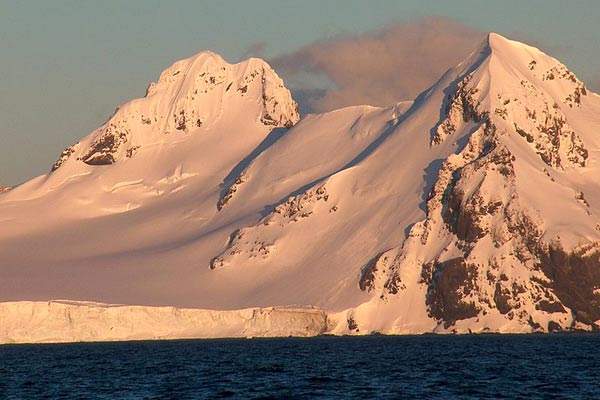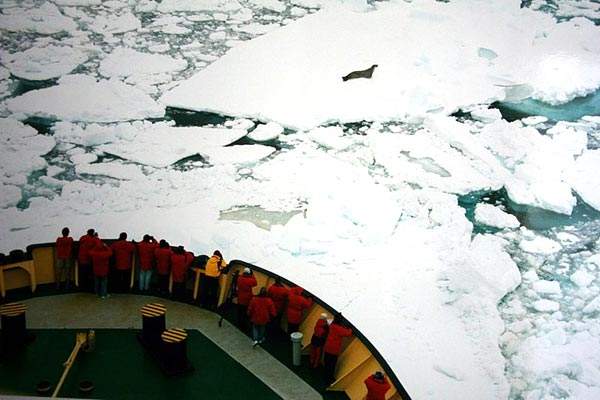The Araon is the first ice-breaking vessel built in South Korea. The ship took six years to build and was commissioned by the Ministry of Land, Transport and Maritime Affairs.
A feasibility study was carried out in 2003. Construction started in 2006 and the vessel was launched on 11 June 2009. It was finally delivered in November 2009.
The ship has been developed by a consortium that includes the Korea Institute for Industrial Economics and Trade, Korea Ocean Research Institute, Korea Maritime Consultants, Samsung Heavy Industries, Korea Polar Research Institute, Korea Ocean Research and Development Institute, STX and Hanjin Heavy Industries and Construction.
Design
The $100m ship is 110m long and has a breadth of 20m. It weighs 6,950t, has three decks and can carry 85 people. The outside plate has a 3.9mm-thick prow and stern. The ship can travel up to 20,000 nautical miles on a single fuel supply.
Features
The vessel has a three-dimensional sensor that can identify underwater geological features via sound waves and locate marine resources. Other research devices can analyse atmospheric conditions, collect sea life samples and detect changes in water temperature and salinity. The vessel is equiped with a submarine and a helicopter.
The ship has a hull stress and ice-load monitoring system for the real-time monitoring and tracking of ice. The bottom of the hull is fitted with compact sensors which are protected from ice loads.
Operating conditions
The Araon can operate at a minimum temperature of -30°C and a maximum temperature of 50°C with a relative humidity of 90%. The maximum water temperature required for operations is 35° while the minimum temperature is -2° C. The vessel can operate in Sea State 6 and also survive in Sea State 8.
Research facilities
The ship has a state-of-the-art research facility that includes a dry and wet-type laboratory for conducting omnidirectional and all-weather ocean research activity in the Arctic and Antarctic. The dry-type laboratory has a computer room, LAN office, power supply room, solar and earth physics laboratory, ocean equipment room, meteorological data processing room, electronic measurement room and a gravity measurement room.
The wet-type laboratory includes a soil sample processing room, baltic room, ocean water analysis and processing room, autosal room, a laboratory for chemical analysis and a biology laboratory.
The ship’s oceanographic research equipments include a CTD w/Water Sampler, X-BT and a thermosalinograph. Acoustic research equipments include a multi-beam echo sounder, acoustic synchroniser and an ADCP.
The ship also has a multichannel seismic system, SBP, PDR and a marine gravity metre. For observation and monitoring, the ship has a weather station, satellite receiver, an underway measurement system and a seawater analyser.
Voyage
The Araon is undergoing sea trials to test its ice breaking capabilities. It set sail from Incheon Port, South Korea, on 18 December and anchored at Christchurch, New Zealand, on 8 January 2010. After refuelling, it set sail for the Antarctic on 12 January 2010.
It is exploring for a potential location to establish Korea’s second research station. It is expected to anchor at Christchurch in mid-February and return to Incheon by mid-March.










